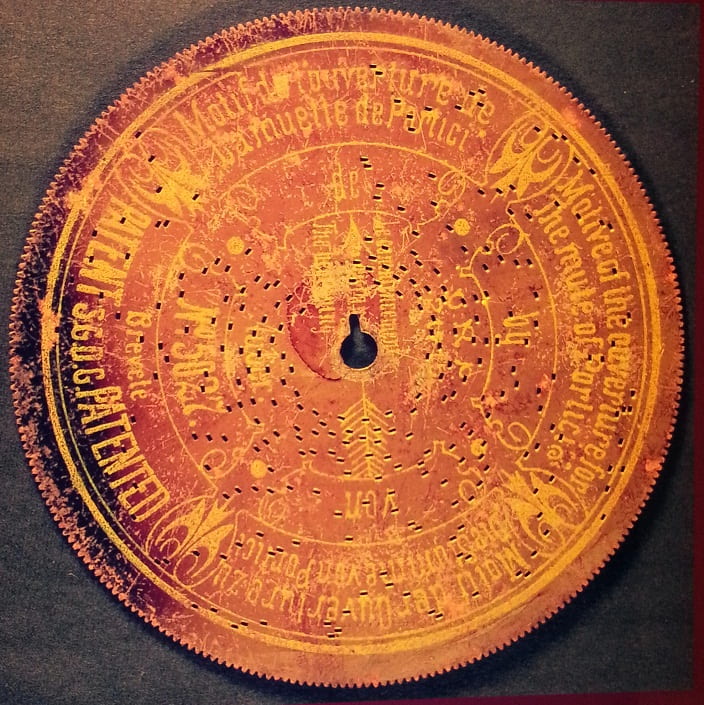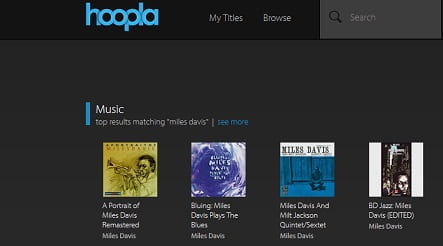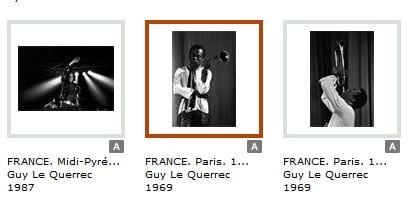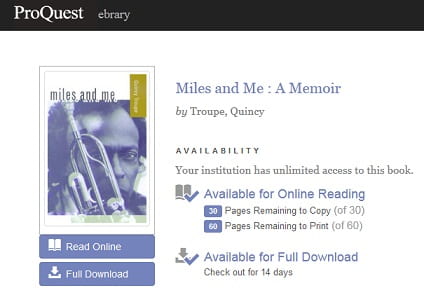
 Find That One for Yourself in Your Local Library Database
Find That One for Yourself in Your Local Library Database
Since the earliest days of civilization there has been music, but the history of sound recording is pretty a new phenomenon. It started in 1860 when Edouard-Leon Scott de Martinville invented a “device called a phonautograph, an invention that converted sound waves into etchings on a sheet of paper, but could not play them back” and it lasted until now, the age of iPods and digital streaming .
With the invention of gramophones, radios, stereos and many other electric appliances, it became possible to listen to the recorded song in private homes. There has been an evolution of listening, the way we understand music and our musical perception has changed, affecting our attitude towards every sound generating source, from the intimacy of earphones to the distant noise of a busy city street.
One of the advantages of recorded music is the diminishing of cultural and racial distances; it has arguably brought races and once-distant cultures closer together and has made listeners aware of various sonic cultures around the globe. Folks can understand each other through musical forms despite different spoken languages and backgrounds.
On other hand, modern life has given our generation a greater capacity to appreciate more complex sounds. It has changed our perception and interpretation of urban and industrial noises, enhancing our abilities to better process the aural information of our surroundings.
As Andrija Filipović mentions in his article, “Noise and Noise: The Micropolitics of Sound in Everyday Life,” “personal-stereo use acts to transform users’ horizons of experience by superimposing itself onto the environment, cloaking the alien with the familiar and in doing so transforms the subjective response to it, even removes a sort of barrier between the subject and the exterior world.”
With the emergence of technology in libraries and the existence of various music databases, the ability of users to access freely available music is increasing; the ease with which library patrons can listen to their music with a blink of an eye and a click of the mouse heralds a new age.
Via various libraries and their networks of databases, not only are rare recordings of the past accessible but numerous materials such as articles, books, and images are available to be explored remotely at sites miles away from the library.
A free membership to the San Francisco Public Library provides access to two excellent music databases: Hoopla and Alexander Street Press.
Albums by Miles Davis, for example, are available in Hoopla:
 & 48 different arrangements of Miles Davis “Blue in Green” performed by various artists can be listened to in Alexander Press Music Databases.
& 48 different arrangements of Miles Davis “Blue in Green” performed by various artists can be listened to in Alexander Press Music Databases.
 American Song
American Song
Classical Music Library
Contemporary World Music
Jazz Music Library
Music Online
Smithsonian Global Sound for Libraries®
And at the same time a search for Miles Davis in ARTstor (courtesy of USF library) will find the images of his performance in 1969.
While articles and books written about his life and his music may be found by searching in databases such as Fusion or ebrary (both courtesy of USF library):
 Journal of Contemporary African Art; Spring2013, Issue 32, p96-113, 18p, 9 Color Photographs, 4 Black and White Photographs
Journal of Contemporary African Art; Spring2013, Issue 32, p96-113, 18p, 9 Color Photographs, 4 Black and White Photographs
Today’s libraries provide access to numerous interesting materials beyond imagination. Databases now function like underground digital tunnels, which connect you to every corner of your interests, even the hidden ones. The land of library databases is a treasure of unknown multiplying wonders which like a maze lures you in and will leave you in sheer amazement.
Resources linked here, courtesy of Gleeson Library:
“French inventor’s pre-Edison recordings played for first time.” Agence France-Presse 27 Mar. 2008: NewsBank. Web. 6 Feb. 2015.
Filipović, Andrija. “Noise And Noise: The Micropolitics Of Sound In Everyday Life.” New Sound: International Magazine For Music 39 (2012): 15-29. Academic Search Complete. Web. 6 Feb. 2015.
Barboza, Anthony. “Photographing Miles Davis.” Nka: Journal Of Contemporary African Art 32 (2013): 96-113. Art Source. Web. 6 Feb. 2015.
Troupe, Quincy. Miles And Me: A Memoir. Berkeley, Calif. : University of California Press, [2000], 2000. Ignacio: USF Libraries Catalog. Web. 6 Feb. 2015.




A couple of years ago, it suddenly dawned on me that it wasn’t possible to listen to music alone before the advent of music broadcasts and recordings. Such a major change, and one we totally take for granted today. The closest one could have come was to have someone playing in a nearby room while you sat alone in yours.
Indeed, that makes me imagine what a unique experience eavesdropping on a musician neighbor would be 150 years ago!